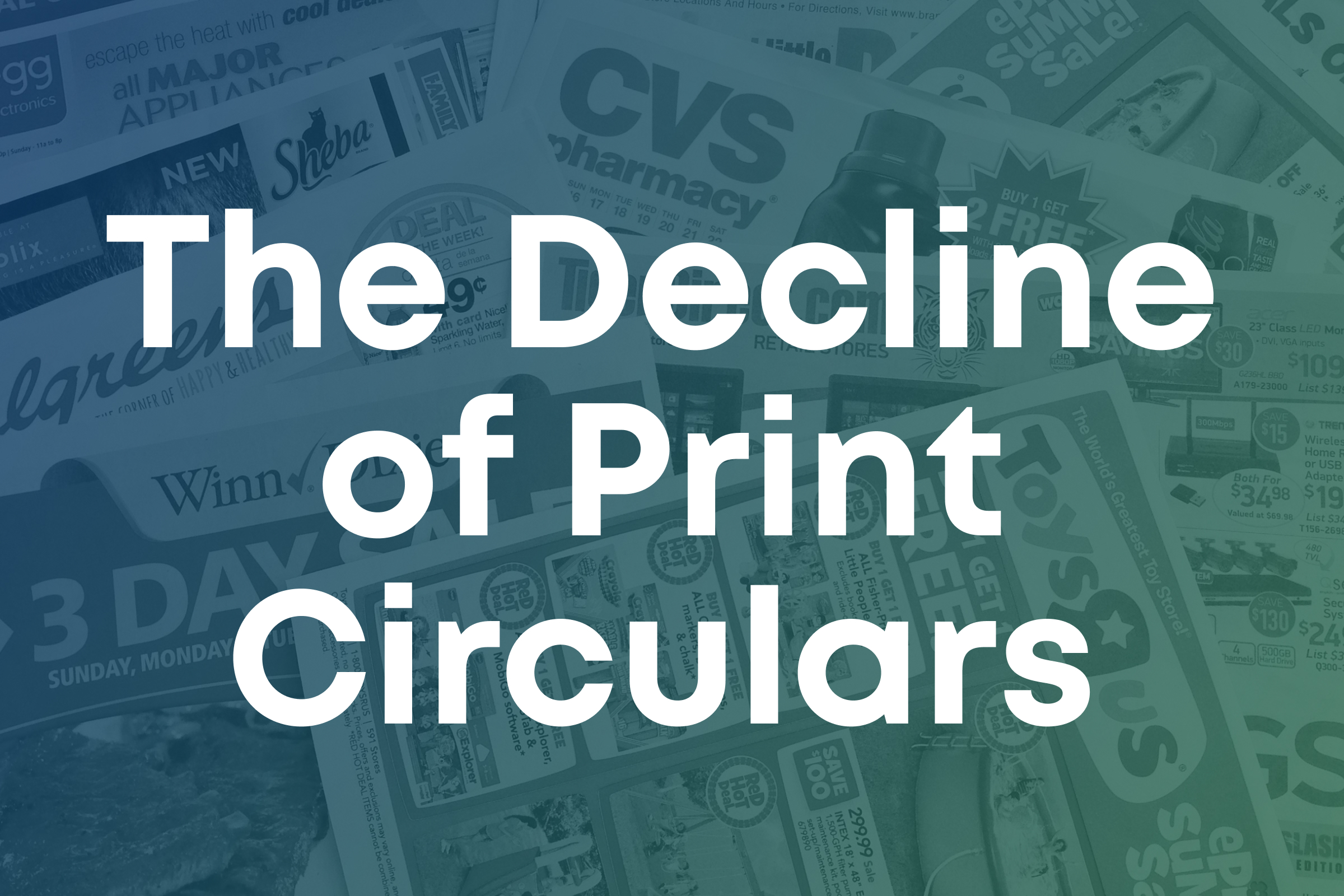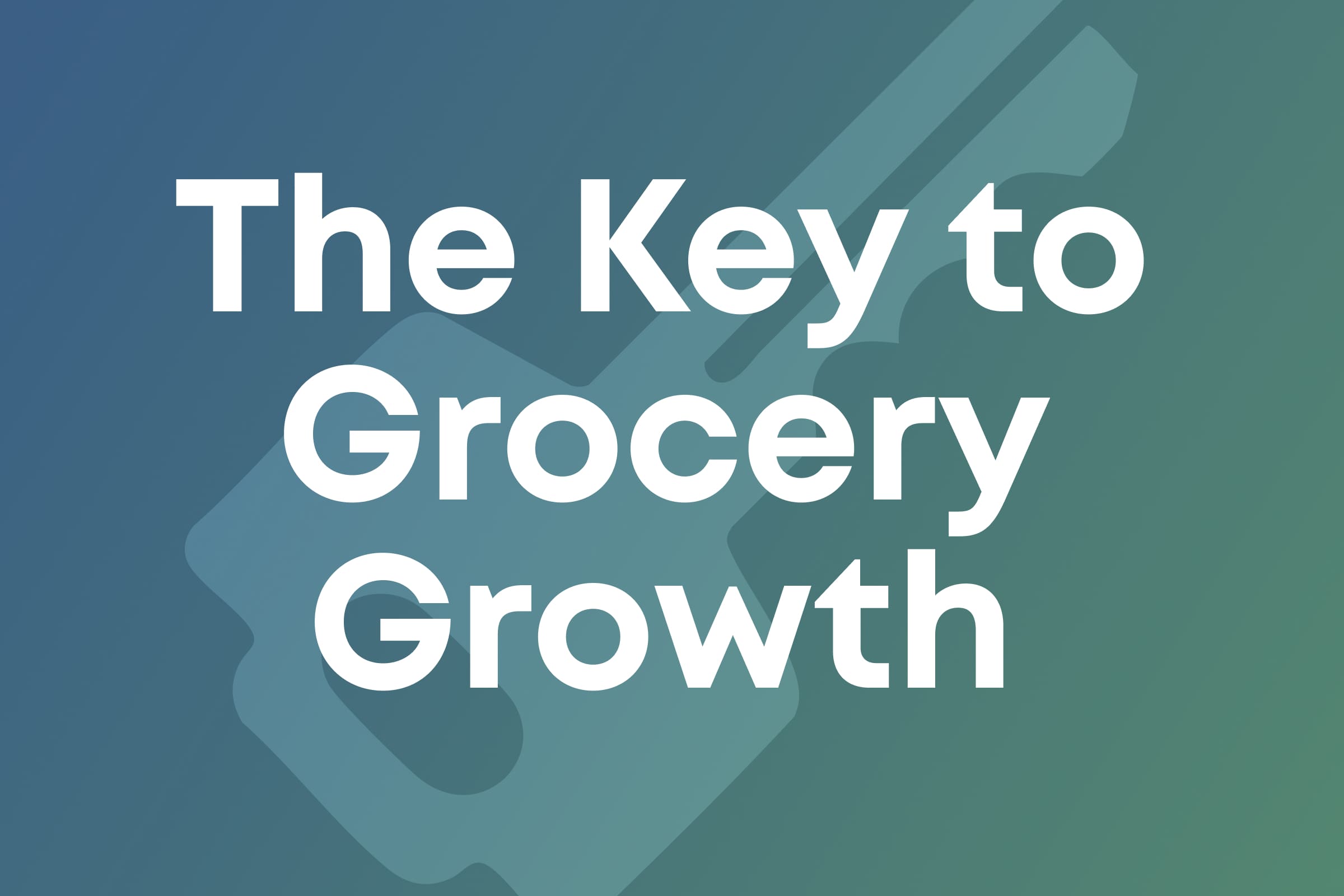From Bricks to Clicks: Embracing Digital-First Retail Strategies in Grocery Shopping
Swiftly
The grocery industry is undergoing a significant transformation. As we move further into the digital age, traditional grocery stores are evolving to embrace digital-first strategies. This shift is driven by the need to meet changing consumer expectations and to capitalize on new technologies that enhance shopping experiences. Let’s take a closer look at how digital circulars, retail technology, and retail media networks are shaping the future of grocery shopping.

The Evolution of Digital Circulars
Gone are the days when we awaited the weekly paper circulars to plan our grocery shopping. In its place, digital circulars have emerged, offering a more dynamic and personalized way to browse deals and promotions. These aren’t just digital copies of print ads; they are smart, customizable tools designed to cater to individual shopping preferences and habits.
By using data to understand shopping patterns, grocery stores can send personalized offers directly to a shopper’s smartphone or email, making sure they see the deals that interest them the most. This not only makes shopping more convenient but also helps customers save money on the items they actually need.
The Role of Retail Technology
Retail technology is at the heart of the transition from traditional methods to digital-first strategies. Modern grocery stores are quickly adopting new technologies that make shopping faster and ensure products are always available. These improvements not only make shopping easier but also help stores connect better with their customers.
However, the use of retail technology extends far beyond that. Advanced tools like AI and machine learning play a pivotal role in analyzing first-party data collected through digital platforms. This data is instrumental in understanding customer preferences and shopping behaviors, allowing stores to offer personalized shopping experiences, tailored product recommendations and optimized store layouts.
By leveraging this first-party data, grocers can predict shopping trends more accurately, leading to better stock management and fewer instances of overstocked or out-of-stock items. The result is a more dynamic inventory that aligns closely with consumer demand, ensuring fresh products are always available when needed. This strategic use of retail technology not only enhances operational efficiency but also strengthens the bond between grocers and their customers, paving the way for more personalized and engaging shopping experiences.
The Impact of Retail Media Networks
Retail media networks are changing the way grocery brands advertise their products. Instead of placing ads in external media hoping to catch the shopper’s eye, brands can now advertise directly on the grocery store’s website, mobile app or through their digital circulars. This places the product in front of the consumer at a critical moment—when they’re already thinking about shopping.
This targeted advertising makes marketing efforts more effective and opens up new margin-rich revenue streams for grocery retailers. It creates a win-win situation where stores can offer more relevant advertisements to their customers while providing brands with better opportunities to connect with their audience.
Looking Ahead: The Future of Grocery Retail in the Digital Age
The shift from traditional to digital-first retail strategies in the grocery sector is making shopping faster, more convenient and more personalized. As technology continues to evolve, this trend is only set to deepen, offering exciting possibilities for how we shop for groceries.
For grocery retailers looking to stay ahead in this dynamic environment, adopting these digital-first strategies is not just beneficial, it’s essential. Whether it's through enhanced digital circulars, innovative retail technology or strategic retail media networks, the future of grocery shopping is here.
Interested in seeing these technologies in action? Book a demo with Swiftly to explore how your grocery business can benefit from the latest digital retail solutions.




